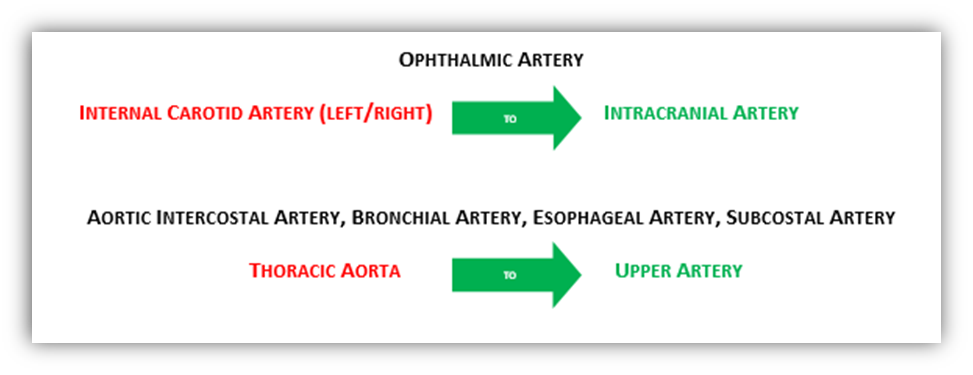Seems like just yesterday we were dual coding and performing data analyses trying to predict the impact of ICD-10 implementation. These past nine months have been challenging, but all the hard work has paid off. Claims are being processed and most data support an overall successful go-live, with the biggest hurdle for most inpatient coders; ICD-10-PCS code selection. Daily inpatient coders submerge themselves in the details of gleaning from the operative documentation all the elements required to build the correct ICD-10 PCS code. It is time to review some of the changes ahead.
Learning from past experiences, understanding the changes, planning and training are stepping stones to not only survival but, ensuring our staff is ready. Coders have been instrumental in identifying and reporting many of the gaps in building the PCS codes as they perform their daily tasks. CMS has released the ICD-10-PCS Official Coding Guidelines as well as all applicable Index and Table changes. Although the number of changes may cause an eye-twitch, broken down by Section followed by specific Services makes the volume more palatable.
New Codes Revised titles Deleted codes 2017 Total PCS Codes
3,827 491 12 75,789
The Medical and Surgical Section represents the largest number of PCS codes with a total of 65,676 for 2017. Cardiovascular and Musculoskeletal Services (lower joint body system) have the highest volume impact. Laterality expansions, bifurcation additions, further defined cardiovascular tubular body parts, and additional devices are reflected throughout all the thirty-one (31) root operations. Now more than ever, brushing up on anatomy and physiology along with pathophysiology understanding the disease process requiring the treatment protocols is essential to success. The Root Operation Fusion is addressed with body parts and devices, descriptive of cutting-edge technology.
Two Root Operations in the Medical Surgical Section that require revisiting by all inpatient coders are Control and Creation.
Revised Definition: Control – Stopping, or attempting to stop, post procedural or other acute bleeding
Includes/Examples: Control of post-prostatectomy hemorrhage, control of intracranial subdural hemorrhage, control of bleeding duodenal ulcer, control of retroperitoneal hemorrhage
The Root Operation – Control – isn’t just for post-procedural hemorrhage anymore. When another Root Operation, ie. Occlusion, Repair, Supplement is used to control the bleeding; the more specific Root Operation is assigned instead of Control.
Revised Definition: Creation – Putting in or on biological or synthetic material to form a new body part that to the extent possible replicates the anatomic structure or function of an absent body part
Includes/Examples: Creation of vagina in a male, Creation of right and left atrioventricular valve from common atrioventricular valve
The Root Operation – Creation – isn’t just for sex-change operations anymore.
In the Medical and Surgical Section, Body Part representing Character 4, numerous changes have taken place that will require coders to have their ICD-10-PCS code books handy open to the Body Part Appendix.
Changes include ICD-10 PCS Value and Definition for example:
In the Medical and Surgical Section, Device representing Character 6, an expansion of Intraluminal Devices is provided along with a category for Intraluminal Device, Branched or Fenestrated (1,2 3 or more arteries) for Restriction in Lower Arteries. Non-autologous Tissue Substitute and Synthetic Substitute devices have been addressed.
Section X – New Technology has expanded Device/Substance/Technology as well as Root Operations to include: Fusion, Insertion, Removal, Replacement, Reposition, and Revision. Approach, representing Character 5 has added the following:
| ICD-10-PCS Value |
Definition |
|
Via Natural or Artificial Opening |
Entry of instrumentation through a natural or artificial external opening to reach the site of the procedure. |
|
Via Natural or Artificial Opening Endoscopic |
Entry of instrumentation through a natural or artificial external opening to reach and visualize the site of the procedure. |
Now is the time to share ICD-10-PCS Official Coding Guideline changes, develop training materials inclusive of all the Index and Table updates. Similar to the initial ICD-10 implementation, knowledge checks following training are a good measurement of understanding and provides an opportunity for remediation training. Once the coding guidelines and changes are in place, auditing to ensure competencies are a good idea.
Reference: https://www.cms.gov/Medicare/Coding/ICD10/2017-ICD-10-PCS-andGEMs.html
About the Author
Marie Thomas holds a Masters in Healthcare Administration from Pfeiffer University, Charlotte, NC, and a Bachelor of Science in Healthcare Administration from Pfeiffer University. Marie has furthered her career education by becoming an AHIMA-Approved ICD-10-CM/PCS Trainer and Ambassador as well as earning the RHIT, CCS, CCDS, and CPC-H credentials. For more information please email us at contact@eclathealth.com


